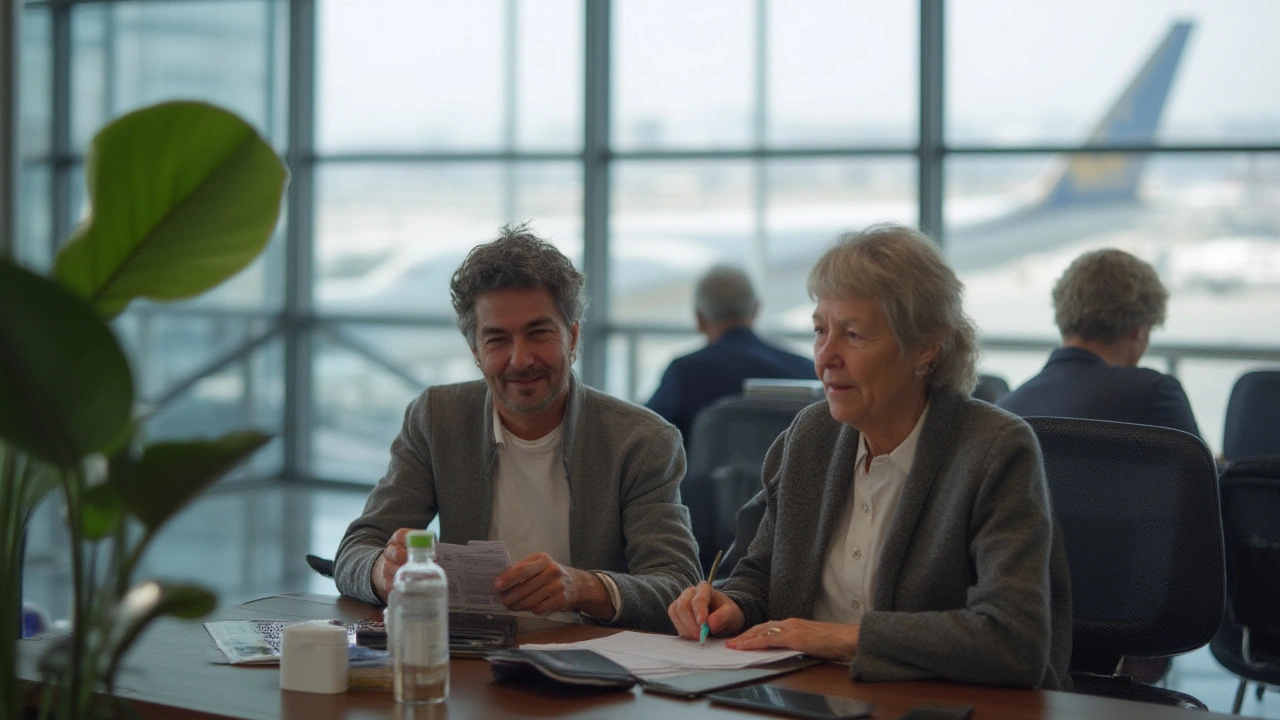Travel Checklist for Blood Thinners
If you take blood thinners, traveling can feel tricky, but a solid plan makes it easy. Below is a practical, step‑by‑step checklist that covers everything you need before you leave, what to pack, and how to stay safe on the move.
Before You Book Your Trip
Start with a quick chat with your doctor. Ask for a short letter that explains your condition, the medication you use, and why you need it. Most airlines and border agents will accept this if they ask for proof.
Ask your doctor if you need a dosage adjustment for long flights or big time‑zone changes. Some people find that a small tweak helps keep their blood levels steady.
Check your travel insurance. Make sure it covers pre‑existing conditions and includes a clause for medication emergencies. It can save a lot of hassle if you need to see a doctor abroad.
What to Pack
Medication: Bring at least a 30‑day supply, even if your trip is only a week. Pack the pills in their original bottles with the label visible. This proves it’s a prescription, not a supplement.
Extra Copies: Put a photocopy of your prescription and the doctor’s letter in a separate bag. Store a digital copy on your phone or email for easy access.
Medical Alert: Wear a bracelet or necklace that says you’re on blood thinners. In an emergency, first responders will know to avoid certain procedures.
Travel‑Friendly Supplies: A small pill organizer can help you keep doses straight, especially if you cross time zones. A portable cooler isn’t needed for most blood thinners, but if your doctor prescribes a medication that needs refrigeration, bring a mini cooler pack.
Hydration and Snacks: Pack a reusable water bottle and some low‑salt snacks. Staying hydrated reduces the risk of blood clots, and salty foods can interfere with some anticoagulants.
Insurance Card and ID: Keep your insurance card, ID, and a list of emergency contacts in your carry‑on. That way you have them even if your luggage is delayed.
Airport Security: Declare your medication at the security checkpoint. Show the original container and the doctor’s note if asked. Most airports have a fast‑track lane for medical items.
While You’re On the Road
Take your pills at the same time each day, adjusting for the new time zone as needed. A simple rule is to keep the interval between doses the same – for example, if you normally take a pill at 8 am and 8 pm, do the same on the plane, even if it’s a different local time.
Move around on long flights. Stand up, stretch, and walk the aisle every hour. This helps blood circulate and lowers clot risk.
Avoid alcohol and high‑vitamin‑K foods (like leafy greens) unless your doctor says it’s okay. Both can affect how blood thinners work.
If you feel unusual bruising, bleeding gums, or severe headache, seek medical help immediately. Carry the doctor’s letter and prescription – it speeds up care.When you return home, schedule a follow‑up with your doctor. He or she will want to check that your blood levels are where they should be after the trip.
Traveling on blood thinners doesn’t have to be stressful. With a clear checklist, a few extra copies of paperwork, and some simple habits on the plane, you can enjoy your journey and stay safe.
Flying with Apixaban: Essential 2025 Travel Checklist for Safe Anticoagulant Air Travel
Flying with apixaban or similar blood thinners? Learn everything you need for safe and comfortable travel with our 2025 checklist, including real-world tips.
- 19
- Read More
